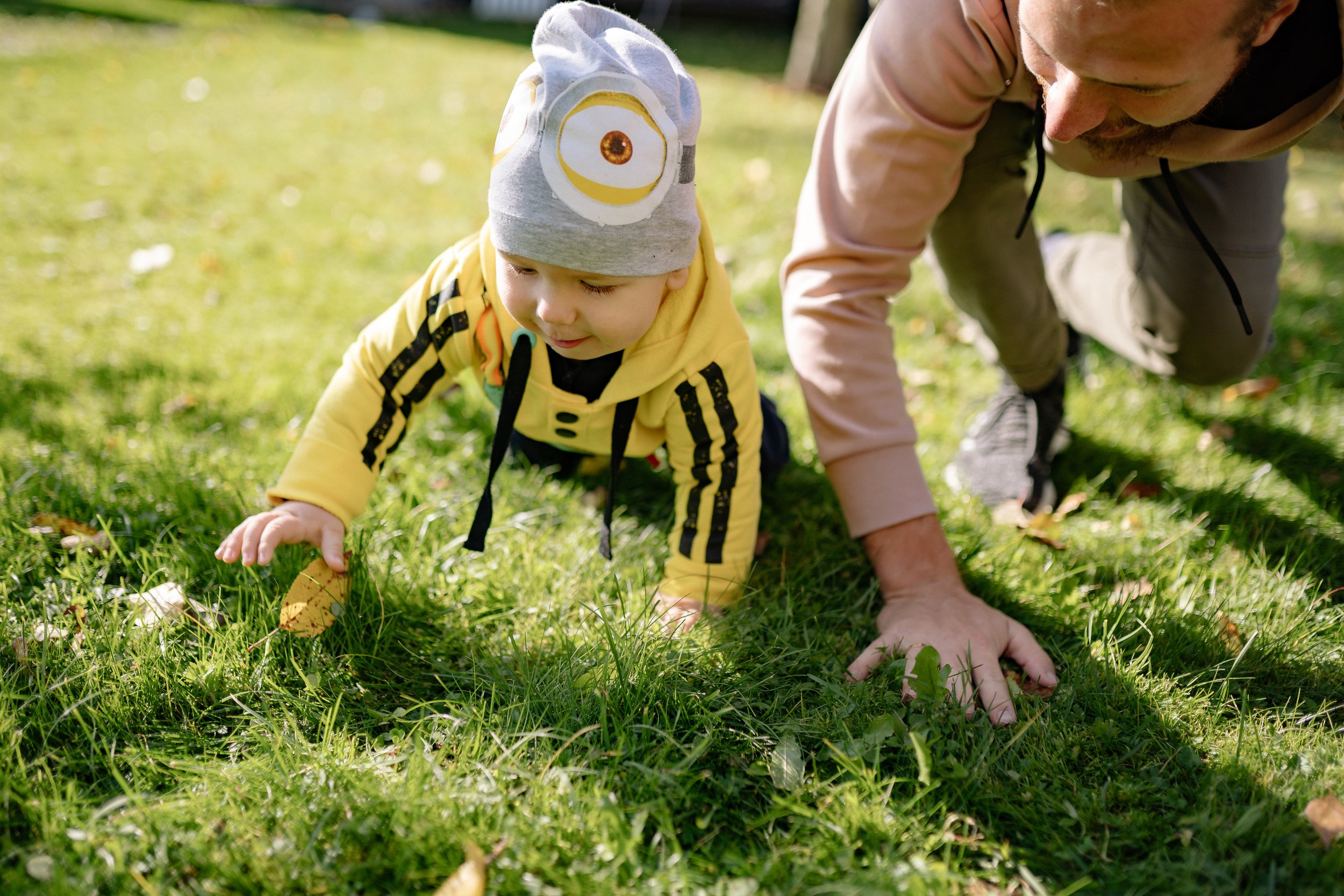
Blog
Usha Patel, Neurocognitive Therapist and Director of Raviv Practice London shares her first-hand experience of working with children /adults and the latest research and upcoming events in her series of blog posts.
How movement is connected to how we learn
Neural pathways are routes created in the brain for information, thoughts, and responses to stimuli. However, thinking and talking are formed way later than physical movement. Babies can’t speak, but they certainly can learn to move, grasping and crawling long before they start to talk. The neural channels we create for movement activities are used later for thoughts and cognitive processes.
A rough guide for parents – eye tracking issues and what to look for
When someone has poor vision, an optician help corrects their focusing ability so they can compensate for this particular deficiency. When spelling, you need to pay particular attention to the letter configuration, especially when the word being spelt is not phonetically obvious and you need to memorise the order of letters. All of these skills require correct eye-tracking.
What good balance does for your body and how to get it
Whether or not we are as adept at balancing as The Cat in the Hat, we could all do with better balance. Good balance makes it easier to move and helps prevent injury. It is interesting to note that in China, the average number of falls among the elderly is significantly lower than in Western countries.
Why you should not give young children iPads or similar electronic devices
We cannot expect parents to be with their children every waking hour. There are always important chores, such as cooking or laundry, and many parents have to juggle all this with work. Modern life is very demanding and children are starting nursery without.
Why is my child’s body always floppy, and why does he run funny?
If your child always seems floppy, uncoordinated, or runs funny, you’re not imagining it. These movement quirks may be early signs of deeper neurodevelopmental gaps, often missed in traditional assessments. From reflex integration to parent-led therapy like Bal-A-Vis-X, this blog explores how to decode your child’s movement challenges and what steps you can take to help them thrive.
What is motor planning?
Motor planning is the ability of the body to create movement so we can perform a task. When playing with mobiles, babies will thrash their arms and legs on seeing the suspending toy. They aim for the toy but do not grab it.
Why we should all use punctuation stickers
Punctuation and reading rhythm don’t come naturally to every child. Learn how movement-based methods like bal-a-vis-x can improve coordination, comprehension and language fluency.
Why can’t my child catch a ball?
If your child consistently struggles with catching or throwing a ball, it may be more than just clumsiness. From reflex integration delays to poor hand-eye coordination and dyspraxia, this blog explores the deeper reasons behind these challenges. Discover how movement therapy and targeted exercises can help your child improve focus, balance, and physical confidence.
The secret of removing distractions
Do you ever have that itch to jump to the next most fascinating book and can't wait to finish the current book, regardless of how good it is?
Bal-A-Vis-X the journey to Tucson, Arizona 2010
In 2010, I left my young daughter behind to travel to Tucson, Arizona and train in Bal-A-Vis-X. What I discovered there changed the course of my work, and my mission.













